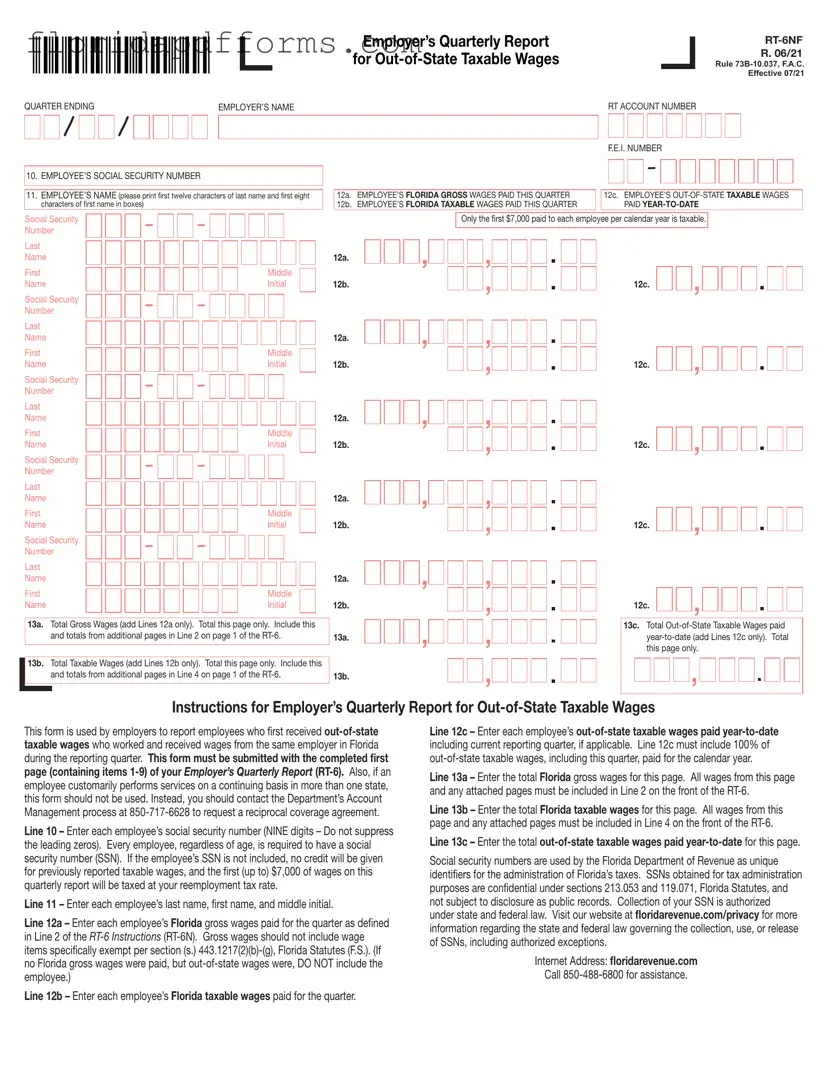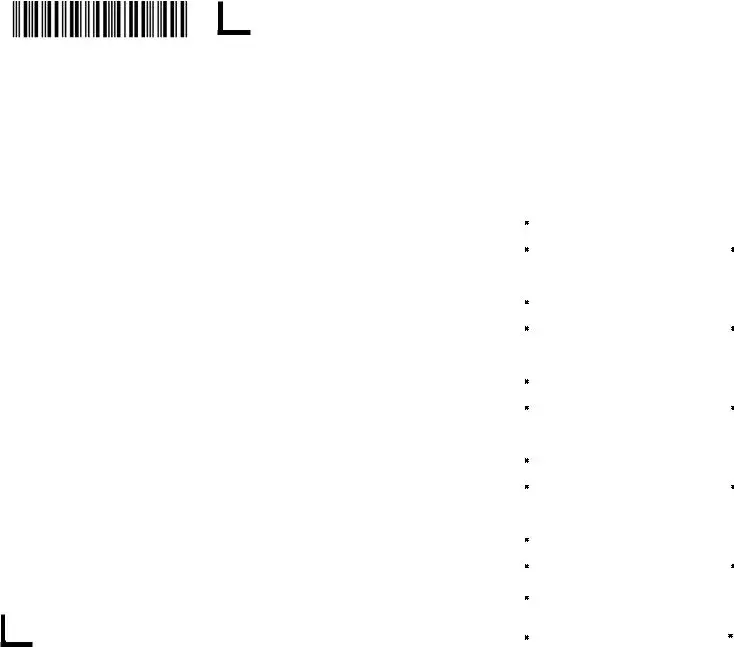The Florida Department of Revenue EX501FL form is similar to the Homestead Exemption Application found in many states. Both documents serve the purpose of allowing homeowners to claim tax exemptions on their primary residences. They require similar information regarding ownership, residency status, and marital status. Just like the Florida form, the Homestead Exemption Application often asks for previous addresses and any other tax benefits the applicant may be receiving, ensuring that the tax benefits are accurately assessed based on the homeowner's circumstances.
Another document comparable to the Florida form is the Property Tax Exemption Application used in California. This application also focuses on granting tax relief to eligible homeowners, particularly those who qualify based on age, disability, or veteran status. Much like the Florida EX501FL form, it requires detailed information about the applicant’s residency, property ownership, and any additional benefits received. Both forms aim to ensure that tax exemptions are fairly distributed to those who meet specific criteria.
The Senior Citizen Property Tax Exemption Application in New York shares similarities with Florida’s EX501FL form. It is designed to provide tax relief to senior citizens, requiring proof of age and income, much like the Florida form’s request for income details. Both documents emphasize the importance of residency and ownership, ensuring that only eligible seniors can benefit from the tax exemptions. This creates a safety net for older adults who may be on fixed incomes.
The Disabled Veteran Property Tax Exemption Application in Texas is yet another document that mirrors the Florida form. Both applications focus on providing tax relief to veterans with disabilities. They require proof of service and disability status, ensuring that only qualified individuals receive the exemption. Similar to the Florida EX501FL form, the Texas application asks for details about property ownership and residency, reinforcing the need for accurate and truthful information to determine eligibility.
In Illinois, the General Homestead Exemption Application is akin to the Florida EX501FL form. This document allows homeowners to apply for tax reductions based on their primary residence. Both forms require personal information, including marital status and residency history, to assess eligibility for exemptions. The goal is the same: to reduce the tax burden on homeowners who meet specific criteria, whether due to age, disability, or other qualifying factors.
The Application for Property Tax Exemption in Michigan is another document that parallels the Florida form. This application is designed for homeowners seeking exemptions based on various factors, including age and disability. Like the Florida EX501FL, it gathers detailed information about the applicant’s residency and ownership status. The emphasis on accurate reporting ensures that tax exemptions are granted only to those who truly qualify, providing essential financial relief.
The Application for Homestead Exemption in Ohio is similar to Florida’s EX501FL form in its objective to provide tax relief to homeowners. Both documents require information about the applicant's property and residency status. They also ask about any other tax benefits the applicant may be receiving. This ensures that the tax benefits are fairly assessed and that applicants do not receive double benefits, maintaining the integrity of the tax exemption process.
The Property Tax Exemption Application for Disabled Persons in Pennsylvania shares characteristics with the Florida form. Both applications focus on providing tax relief to individuals with disabilities. They require proof of disability and information about property ownership and residency. This ensures that those who need financial assistance due to their circumstances can receive the necessary tax relief, helping to alleviate some of their financial burdens.
Finally, the Application for the Low-Income Homeowners Property Tax Exemption in Washington closely resembles the Florida EX501FL form. This application aims to assist low-income homeowners by providing tax relief based on income levels. Both forms require detailed personal information, including residency and ownership status, to determine eligibility. The process ensures that those who are financially vulnerable can benefit from tax exemptions, supporting their ability to maintain homeownership.

